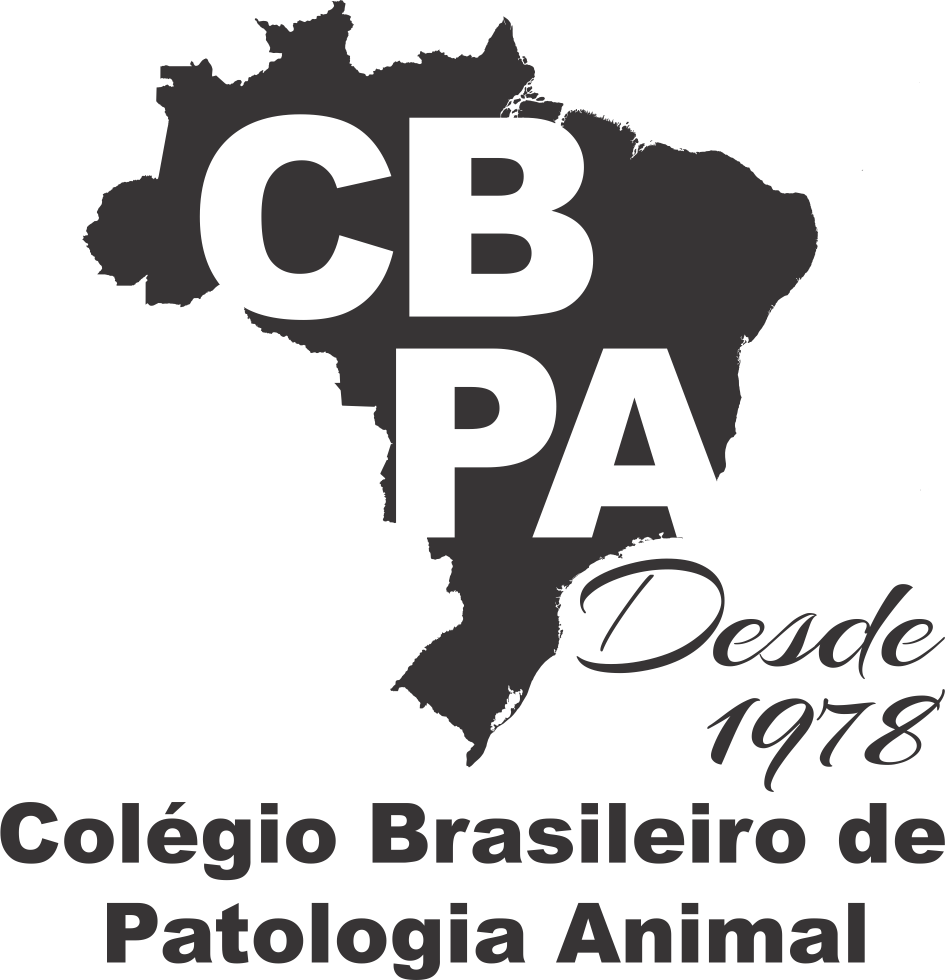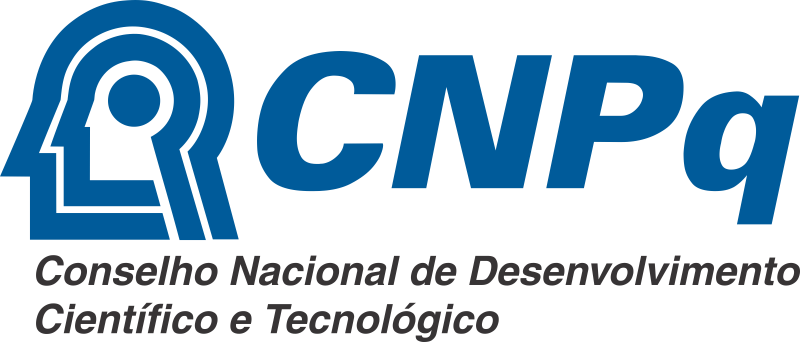Resultado da pesquisa (2)
Termo utilizado na pesquisa Staphylococcus coagulase negativa
#1 - Beta-lactamase detection in Staphylococcus aureus and coagulase-negative Staphylococcus isolated from bovine mastitis, 34(4):325-328
Abstract in English:
ABSTRACT.- Robles B.F., Nóbrega D.B., Guimarães F.F., Wanderley G.G. & Langoni H. 2014. Beta-lactamase detection in Staphylococcus aureus and coagulase-negative Staphylococcus isolated from bovine mastitis. Pesquisa Veterinária Brasileira 34(4):325-328. Departamento de Higiene Veterinária e Saúde Pública, Faculdade de Medicina Veterinária e Zootecnia, Universidade Estadual Paulista, Distrito de Rubião Junior s/n, Botucatu, SP 18618-900, Brazil. E-mail: hlangoni@fmvz.unesp.br
The objectives of the study were to evaluate the presence/production of beta-lactamases by both phenotypic and genotypic methods, verify whether results are dependent of bacteria type (Staphylococcus aureus versus coagulase-negative Staphylococcus - CNS) and verify the agreement between tests. A total of 200 bacteria samples from 21 different herds were enrolled, being 100 CNS and 100 S. aureus. Beta-lactamase presence/detection was performed by different tests (PCR, clover leaf test - CLT, Nitrocefin disk, and in vitro resistance to penicillin). Results of all tests were not dependent of bacteria type (CNS or S. aureus). Several S. aureus beta-lactamase producing isolates were from the same herd. Phenotypic tests excluding in vitro resistance to penicillin showed a strong association measured by the kappa coefficient for both bacteria species. Nitrocefin and CLT are more reliable tests for detecting beta-lactamase production in staphylococci.
Abstract in Portuguese:
RESUMO.- Robles B.F., Nóbrega D.B., Guimarães F.F., Wanderley G.G. & Langoni H. 2014. Beta-lactamase detection in Staphylococcus aureus and coagulase-negative Staphylococcus isolated from bovine mastitis. [Detecção de beta-lactamase em Staphylococcus aureus e Staphylococcus coagulase negativa isolados de mastite bovina.] Pesquisa Veterinária Brasileira 34(4):325-328. Departamento de Higiene Veterinária e Saúde Pública, Faculdade de Medicina Veterinária e Zootecnia, Universidade Estadual Paulista, Distrito de Rubião Junior s/n, Botucatu, SP 18618-900, Brazil. E-mail: hlangoni@fmvz.unesp.br
Os objetivos do presente estudo foram avaliar a presença/produção de beta-lactamases por ambos os métodos fenotípicos e genotípicos, verificar se os resultados são dependentes do tipo de bactéria (Staphylococcus aureus contra Staphylococcus coagulase negativa - CNS) e verificar a concordância entre os testes. Um total de 200 amostras bactérianas oriundas de 21 rebanhos distintos foram incluídos, sendo 100 CNS e 100 S. aureus. A presença/detecção de beta-lactamase foi realizada por diferentes testes (PCR, teste trevo (clover leaf test) - CLT, disco Nitrocefin e resistência in vitro à penicilina). Os resultados de todos os testes não foram dependentes do tipo de bactérias (CNS ou S. aureus). Vários isolados de S. aureus produtores de beta-lactamase eram de um mesmo rebanho. Testes fenotípicos excluindo resistência in vitro à penicilina mostraram uma forte associação medida pelo coeficiente kappa para ambas as espécies de bactérias. Nitrocefina e CLT são testes mais confiáveis para detectar a produção de beta-lactamase em estafilococos.
#2 - Influence of subclinical staphylococci mastitis on physical, chemical and cellular milk characteristics
Abstract in English:
One hundred twenty-six milk samples from 63 apparently healthy cows, but positive in the California Mastitis Test were submitted to determinations of pH, acidity, density, butter-fat, total solids, non-fat solids, cryoscopic point, caseine level, chloride level And polymorphonuclear leukocytes. Forty-one cows were infected by coagulase-positive Staphylococcus and 22 by coagulase-negative Staphylococcus. The results obtained in the milk sample analysis from the healthy quarters and infected by coagulase-positive Staphylococcus showed variations of all constituents investigated. However only the pH values (F=4.17*) and the polymorphonuclear leukocytes (F=ll.35**) showed significant differences. On the other hand, between the milk samples from healthy quarters and infected quarters by coagulase-negative Staphylococcus, only the polymorphonuclear leukocytes (F=16.29**) showed significant differences.
Abstract in Portuguese:
Foram submetidas às determinações do pH, acidez titulável, densidade, teor de gordura, extrato seco total, extrato seco desengordurado, ponto crioscópico, teor de cloreto, teor de caseína e às contagens de leucócitos polimorfonucleares, 126 amostras de leite procedentes de 63 vacas aparentemente sadias, porém, positivas ao Califórnia Mastitis Test, das quais 41 mostraram-se infectadas por cepas de Staphylococcus coagulase positiva e 22 por cepas de Staphylococcus coagulase negativa. Apesar de ter sido observada a variação de todos os constituintes investigados entre as amostras de leite procedentes de quartos sadios e infectados por Staphylococcus coagulase positiva, apenas os valores de pH (F=4,17*) e das contagens de leucócitos polimorfonucleares (F=ll,35**), mostraram diferenças estatisticamente significativas. Por outro lado, verificou-se, também, que entre as amostras de leite oriundas de quartos sadios e infectados por Staphylococcus coagulase negativa, apenas os valores das contagens de leucócitos polimorfonucleares (F=l6,29**) apresentaram diferenças estatisticamente significativas.









